Comprehensive Update on Movement Disorders, Headache, and Pain Management
Enroll in the course and gain instant access to materials
Explore foundational and advanced neurology topics through dynamic and engaging video modules.
Apply your knowledge in clinical practice with confidence and precision
This educational activity will review and analyze the most current developments in clinical practice and relevant research. Experts will present their analysis of the most recent evidence on the treatment and management of movement disorders, headache and chronic pain. Discussion will include how to utilize a holistic approach in managing this population including medical therapies, rehabilitation, surgical options as well as palliative care.
Why This Course is Right for You:
Whether you’re a seasoned neurologist or a frontline clinician seeking to stay current, this course offers practical, evidence-based strategies to elevate your clinical practice. Here’s why it’s a must-attend:
- Stay Ahead with the Latest Advances: Gain expert insights into the newest therapies and technologies—from focused ultrasound for movement disorders to gut-brain connections in migraine.
- Master Real-World Clinical Decision-Making: Learn how to assess fall risks, evaluate cognitive decline in Parkinson’s, and make informed decisions through shared decision-making tools.
- Adopt a Holistic, Patient-Centered Approach: Integrate physical therapy, pain management, surgical options, and palliative care into comprehensive treatment plans.
- Cross-Disciplinary Relevance: Tailored for neurologists, neurosurgeons, physiatrists, primary care physicians, therapists, and other allied health professionals—everyone involved in neurological care.
- Hands-On, Clinically Applicable Knowledge: Leave with skills you can apply immediately in your practice: from diagnosing cervicogenic headaches to managing complex dystonia cases.
What You Will Learn from This Course
After completing this educational activity, participants will be able to do the following:
- Define the palliative care needs across the spectrum of movement disorders given the high disease burden and changing course of illnesses.
- Identify risk factors for falls in patients with Parkinson disease (PD)
- Summarize the changes in cognition that patients with PD undergo, the factors that affect cognition, and the screening tests to assess for cognitive impairment in PD.
- Describe the relevant components of the examination for Cervicogenic headache, the various treatment options available, and the importance of nonpharmacologic interventions such as physical therapy.
- Discuss the key role that shared decision-making plays in the modern treatment paradigm of movement disorders and the tools available to guide shared decision-making.
- Describe the relationship between the gut-brain axis and migraine headache and implications for management.
- Summarize the facets of a holistic approach to pain management and the appropriateness of referral to pain management specialists.
- List the principles, advantages, and limitations of using focused ultrasound in the management of movement disorders.
- Differentiate dystonia from other movement disorders in the clinic and classify it using the latest criteria.
Topics Covered in the Course
- Expanding Treatment Options Dystonia A New Look at an Old Disease
- Expanding Treatment Options Movement Disorder Surgery Update
- Expanding Treatment Options When to Refer To Pain Management for Chronic Pain
- Keynote Address Holistic Approach to Pain Management
- Updates in Headache Medicine Cervicogenic Headaches- The Physical Therapy Approach
- Updates in Headache Medicine Gut-brain Axis and Migraine
- Updates in Headache Medicine Real World Experience in Treating Migraine
- Updates in Movement Disorders Assessing Fall Risk in PD patients
- Updates in Movement Disorders Cognitive Changes in PD patients
- Updates in Movement Disorders Palliative Care Needs in Movement Disorders
- Updates in Movement Disorders Shared Decision-Making across the Disease Continuum
What Others Are Saying
Dr. Linh Tran
Primary Care Physician
As a PCP, I often feel on the periphery of neurology updates, but this course bridged that gap. The focus on early recognition, when to refer, and holistic management gave me confidence to handle more complex neurological cases in my clinic. The module on migraines and the gut-brain axis was fascinating and practical. Excellent for primary care providers who want to offer smarter, more coordinated care.
Dr. Leila Samir
Psychiatrist
As a psychiatrist working closely with patients who have Parkinson’s disease and chronic pain, I often encounter overlapping cognitive and mood symptoms. This course helped clarify how cognitive changes in PD evolve and how to better coordinate care with neurologists and therapists. The lectures on palliative care and the gut-brain axis in migraine were also extremely relevant to my work. It was eye-opening to see how psychiatry fits into a larger neurology framework. I feel more equipped to advocate for comprehensive, integrated care for my patients. This course is a gem for any mental health provider treating neuro-related conditions.
Dr. Michael Haddad
Neurosurgeon
This course was a refreshing and much-needed update on the multidisciplinary landscape of neurological care. As a neurosurgeon, I found the sessions on focused ultrasound and surgical updates for movement disorders particularly valuable. What set this course apart was its emphasis on collaboration—how surgery fits within a broader, holistic management plan that includes physical therapy, pain specialists, and palliative care. The section on shared decision-making also resonated with how we engage patients pre- and post-op. It’s rare to find a course that understands the surgical perspective while respecting the broader clinical picture. I’d highly recommend it to fellow neurosurgeons looking to enhance both outcomes and patient experience.
Dr. Andrew Michaels
Physiatrist
This course exceeded my expectations. It covered both the neurological complexity and the functional impact of disorders like Parkinson’s and chronic pain. The content on focused ultrasound and other noninvasive treatments added a cutting-edge perspective. I walked away with several new tools to integrate into my rehab practice—especially around movement optimization and fall risk reduction.
James Ortiz, DPT
Physical Therapist
I enrolled mainly for the cervicogenic headache content, but ended up gaining so much more. The course gave me a better understanding of how neurological and musculoskeletal systems overlap. The headache sessions were detailed yet approachable, and the integration of physical therapy into overall care was refreshing. It’s rare to find a neurology course that values rehab professionals—this one truly does.
Dr. Karen Patel
Neurologist
This course was exactly what I needed to refresh and expand my clinical approach. The sessions on movement disorders were eye-opening—especially the practical insights on fall risk and cognitive changes in Parkinson’s patients. I appreciated the balance between high-level academic content and real-world clinical application. The shared decision-making tools have already made a difference in how I communicate with patients and families. Highly recommended for anyone in neurology who wants to stay current and improve patient outcomes.
Load more
Don't Miss This Limited-Time Offer
BIG SALE
Get instant access for a special price
$720
$
144
95
-
11 Videos: 6 Hours, 18 Minutes
-
Full HD Videos
-
Lifetime Access
-
Save $575

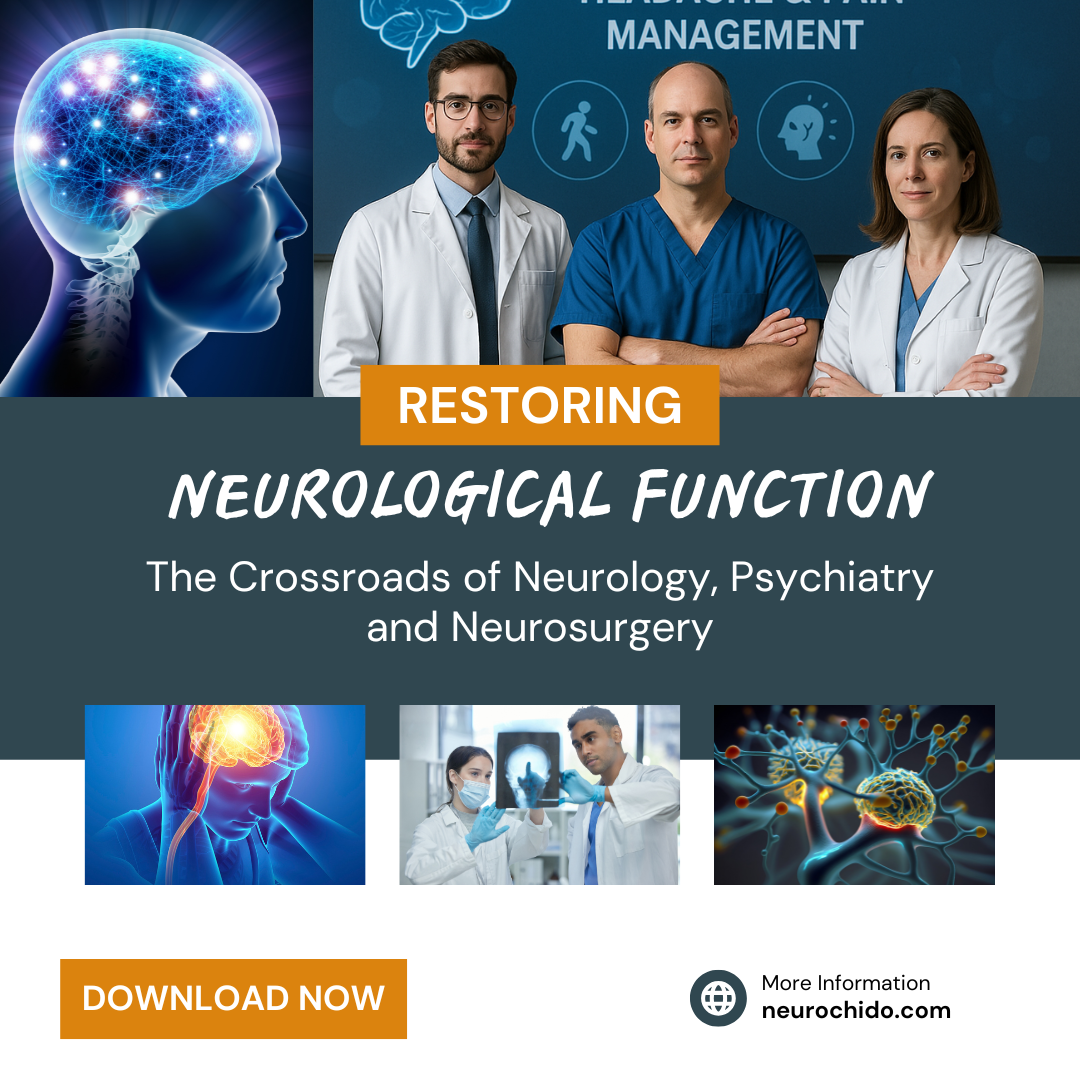
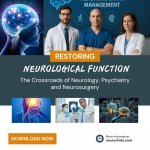
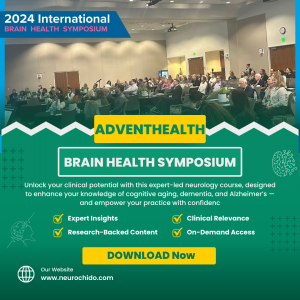


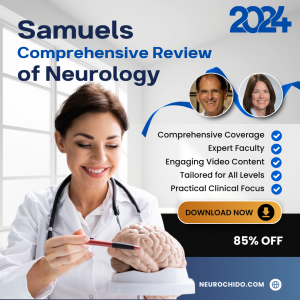
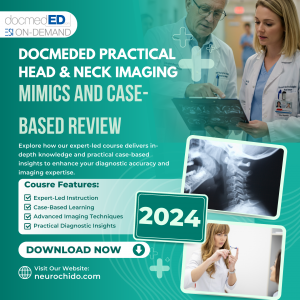

Reviews
There are no reviews yet.